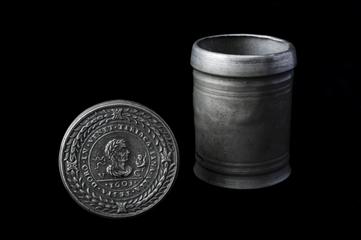
Bottle of the opiate painkiller 'Papine'
1890-1920

1890-1920

1960-1975

1603

1950-1970

1937-1938

1964

1920-1950
1900-1910
1900-1930
1880-1930
1960-1985
1900-1910
1851-1940
1850-1870
1771-1850
1771-1850
1801-1900
1771-1850
1801-1900
1801-1926
1880-1940
1601-1800
1801-1926
1920-1950
1900-1910
1601-1800
1780-1850
1870-1930
1900-1910
1837-1870
1862-1900
1949-1970
1801-1926
1934-1949
1770-1830
1870-1900
1775-1850
1780-1850
1775-1850
1920-1960
1701-1800
1901-1930
1890-1935
1893-1900